A world where all people breathe freely
Chronic obstructive pulmonary disease (COPD) is a progressive lifethreatening lung disease that causes breathlessness (initially with exertion) and predisposes to exacerbations and serious illness.
Globally, it is estimated that about 3 million deaths were caused by chronic obstructive pulmonary disease (COPD) in 2015 (that is, 5% of all deaths globally in that year).
More than 90% of COPD deaths occur in low and middle income countries.
The primary cause of COPD is exposure to tobacco smoke (either active smoking or secondhand smoke).
Other risk factors include exposure to indoor and outdoor air pollution and occupational dusts and fumes.
Some cases of COPD are due to long-term asthma.
COPD is likely to increase in coming years due to higher smoking prevalence and aging populations in many countries.
Many cases of COPD are preventable by avoidance or early cessation of smoking. Hence, it is important that countries adopt the WHO Framework Convention on Tobacco Control (WHO-FCTC) and implement the MPOWER package of measures so that non-smoking becomes the norm globally.
Persistant reduction of airflow
COPD is a lung disease that is characterized by a persistent reduction of airflow. The symptoms of COPD are progressively worsening and persistent breathlessness on exertion, eventually leading to breathlessness at rest. It tends to be underdiagnosed and can be life threatening. The more familiar terms “chronic bronchitis” and “emphysema” have often been used as labels for the condition.
The primary cause of COPD is tobacco smoke (including secondhand or passive exposure). Other risk factors may include:
indoor air pollution (such as solid fuel used for cooking and heating); outdoor air pollution; occupational dusts and chemicals (such as vapours, irritants, and fumes) and frequent lower respiratory infections during childhood.
Previously COPD was more common in men, but because of comparably high levels of tobacco smoking among women in high income countries, and the higher risk of exposure to indoor air pollution (such as solid fuel used for cooking and heating) for women in low income countries, the disease now affects men and women almost equally.
Low- and middle-income countries
More than 90% of COPD deaths occur in low and middle income countries, where effective strategies for prevention and control are not always implemented or accessible.
Chronic obstructive pulmonary disease develops slowly and usually becomes apparent after 40 or 50 years of age. The most common symptoms of COPD are breathlessness (or a "need for air"), chronic cough, and sputum (mucous) production. Daily activities, such as walking up a short flight of stairs or carrying a suitcase, and even daily routine activities can become very difficult as the condition gradually worsens. Sufferers also frequently experience exacerbations, that is, serious episodes of increased breathlessness, cough and sputum production that last from several days to a few weeks. These episodes can be seriously disabling and result in need for urgent medical care (including hospitalization) and sometimes death.
Forcibly exhale air
COPD is usually suspected in people who experience the symptoms described above and can be confirmed by a breathing test called "spirometry" that measures how much and how quickly a person can forcibly exhale air.
There is no cure, however, available medical and physical treatments can help relieve symptoms, improve exercise capacity and quality of life and reduce the risk of death. The most effective and cost-effective available treatment for COPD in people who continue to smoke is smoking cessation. Smoking cessation can slow down the progress of the disease in smokers and decrease COPD-related deaths. In some, but not all, people with COPD, treatment with inhaled corticosteroid medicines has a beneficial effect.
Awareness
The availability of diagnostic and treatment options for COPD differs across varying resource settings. The World Health Organisation (WHO)’s work on COPD is part of the organisation’s overall efforts to prevent and control noncommunicable diseases. In light of this, the WHO aims to raise awareness about the global epidemic of NCD’s, create more healthy environments, especially for poor and disadvantaged populations; decrease risk factors of NCD’s such as tabacco smoking and exposure to secondhand smoke, indoor and outdoor air pollution, unhealthy diet and physical inactivity; improve access to effective therapies for people with COPD and prevent premature deaths and avoidable disabilities from major NCD’s.
The WHO Framework Convention on Tobacco Control was developed in response to the globalization of the tobacco epidemic to protect billions of people from harmful exposure to tobacco. It is the first global health treaty negotiated by WHO, and has been ratified by 180 countries.
WHO also leads the Global Alliance against Chronic Respiratory Diseases (GARD), a voluntary alliance of national and international organizations, institutions and agencies working towards the common goal of reducing the global burden of chronic respiratory diseases. Its vision is a world where all people breathe freely. GARD focuses specifically on the needs of low and middle-income countries and vulnerable populations.
Creating a COPD-friendly home
Maintaining a smoke-free home is one of the most important ways you can decrease your and your family’s chances of developing COPD or worsening symptoms. There are other things you can do around your home to improve air quality, as well. These include avoiding harsh chemical cleaners, sprays, powders; keeping your home dust-free and avoiding dusty areas as much as possible; using an air purifier and avoiding direct contact with sick people.
Burning wax candles can also be irritating, so you should ask your doctor whether they’re safe.
There isn’t a cure for COPD, but you can slow its progression and ease symptoms. Living in cities that make clear air a priority and maintaining a smoke-free home without pollutants are the best ways to make the most of a life with COPD. – Sources: healthline/WHO/Mayoclinic
More than 90% of COPD deaths occur in low and middle income countries.
The primary cause of COPD is exposure to tobacco smoke (either active smoking or secondhand smoke).
Other risk factors include exposure to indoor and outdoor air pollution and occupational dusts and fumes.
Some cases of COPD are due to long-term asthma.
COPD is likely to increase in coming years due to higher smoking prevalence and aging populations in many countries.
Many cases of COPD are preventable by avoidance or early cessation of smoking. Hence, it is important that countries adopt the WHO Framework Convention on Tobacco Control (WHO-FCTC) and implement the MPOWER package of measures so that non-smoking becomes the norm globally.
Persistant reduction of airflow
COPD is a lung disease that is characterized by a persistent reduction of airflow. The symptoms of COPD are progressively worsening and persistent breathlessness on exertion, eventually leading to breathlessness at rest. It tends to be underdiagnosed and can be life threatening. The more familiar terms “chronic bronchitis” and “emphysema” have often been used as labels for the condition.
The primary cause of COPD is tobacco smoke (including secondhand or passive exposure). Other risk factors may include:
indoor air pollution (such as solid fuel used for cooking and heating); outdoor air pollution; occupational dusts and chemicals (such as vapours, irritants, and fumes) and frequent lower respiratory infections during childhood.
Previously COPD was more common in men, but because of comparably high levels of tobacco smoking among women in high income countries, and the higher risk of exposure to indoor air pollution (such as solid fuel used for cooking and heating) for women in low income countries, the disease now affects men and women almost equally.
Low- and middle-income countries
More than 90% of COPD deaths occur in low and middle income countries, where effective strategies for prevention and control are not always implemented or accessible.
Chronic obstructive pulmonary disease develops slowly and usually becomes apparent after 40 or 50 years of age. The most common symptoms of COPD are breathlessness (or a "need for air"), chronic cough, and sputum (mucous) production. Daily activities, such as walking up a short flight of stairs or carrying a suitcase, and even daily routine activities can become very difficult as the condition gradually worsens. Sufferers also frequently experience exacerbations, that is, serious episodes of increased breathlessness, cough and sputum production that last from several days to a few weeks. These episodes can be seriously disabling and result in need for urgent medical care (including hospitalization) and sometimes death.
Forcibly exhale air
COPD is usually suspected in people who experience the symptoms described above and can be confirmed by a breathing test called "spirometry" that measures how much and how quickly a person can forcibly exhale air.
There is no cure, however, available medical and physical treatments can help relieve symptoms, improve exercise capacity and quality of life and reduce the risk of death. The most effective and cost-effective available treatment for COPD in people who continue to smoke is smoking cessation. Smoking cessation can slow down the progress of the disease in smokers and decrease COPD-related deaths. In some, but not all, people with COPD, treatment with inhaled corticosteroid medicines has a beneficial effect.
Awareness
The availability of diagnostic and treatment options for COPD differs across varying resource settings. The World Health Organisation (WHO)’s work on COPD is part of the organisation’s overall efforts to prevent and control noncommunicable diseases. In light of this, the WHO aims to raise awareness about the global epidemic of NCD’s, create more healthy environments, especially for poor and disadvantaged populations; decrease risk factors of NCD’s such as tabacco smoking and exposure to secondhand smoke, indoor and outdoor air pollution, unhealthy diet and physical inactivity; improve access to effective therapies for people with COPD and prevent premature deaths and avoidable disabilities from major NCD’s.
The WHO Framework Convention on Tobacco Control was developed in response to the globalization of the tobacco epidemic to protect billions of people from harmful exposure to tobacco. It is the first global health treaty negotiated by WHO, and has been ratified by 180 countries.
WHO also leads the Global Alliance against Chronic Respiratory Diseases (GARD), a voluntary alliance of national and international organizations, institutions and agencies working towards the common goal of reducing the global burden of chronic respiratory diseases. Its vision is a world where all people breathe freely. GARD focuses specifically on the needs of low and middle-income countries and vulnerable populations.
Creating a COPD-friendly home
Maintaining a smoke-free home is one of the most important ways you can decrease your and your family’s chances of developing COPD or worsening symptoms. There are other things you can do around your home to improve air quality, as well. These include avoiding harsh chemical cleaners, sprays, powders; keeping your home dust-free and avoiding dusty areas as much as possible; using an air purifier and avoiding direct contact with sick people.
Burning wax candles can also be irritating, so you should ask your doctor whether they’re safe.
There isn’t a cure for COPD, but you can slow its progression and ease symptoms. Living in cities that make clear air a priority and maintaining a smoke-free home without pollutants are the best ways to make the most of a life with COPD. – Sources: healthline/WHO/Mayoclinic



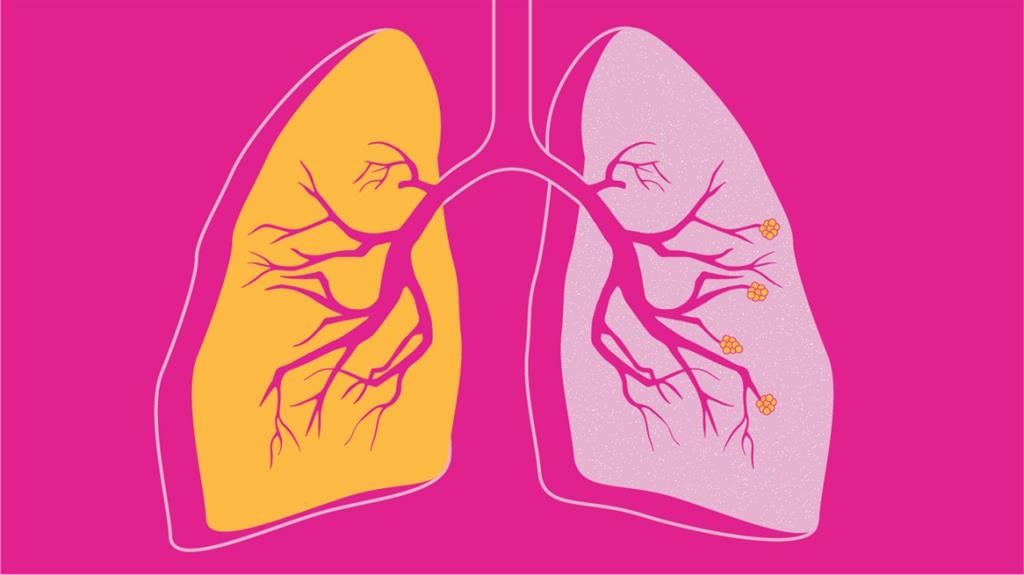
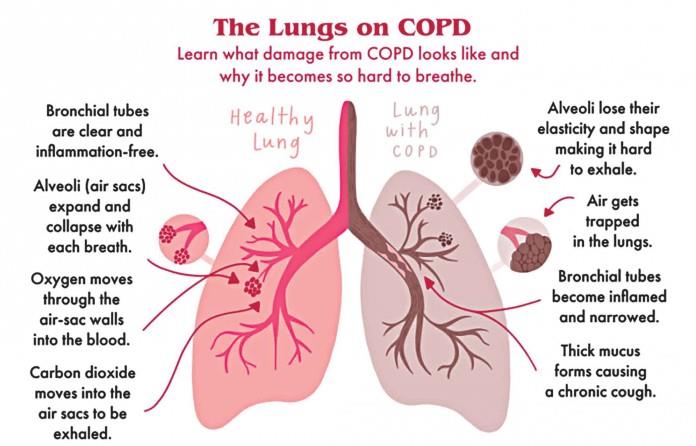
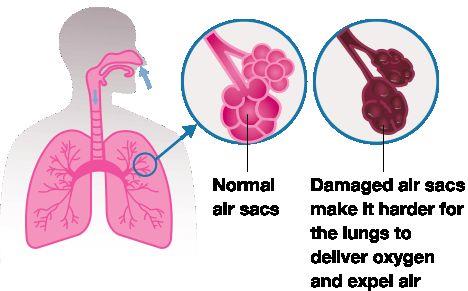
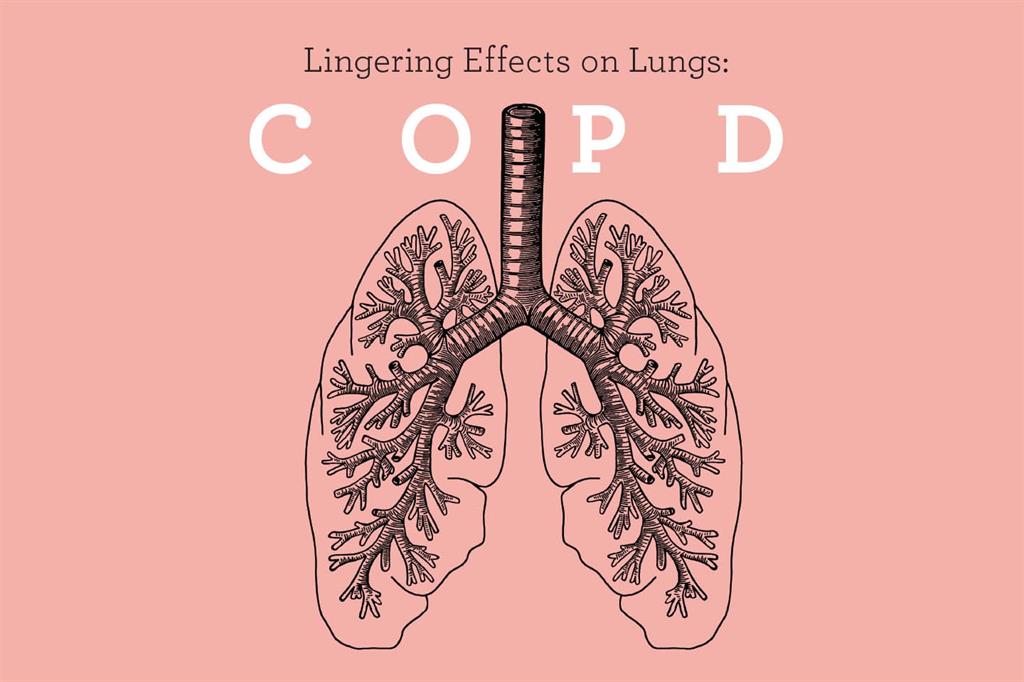
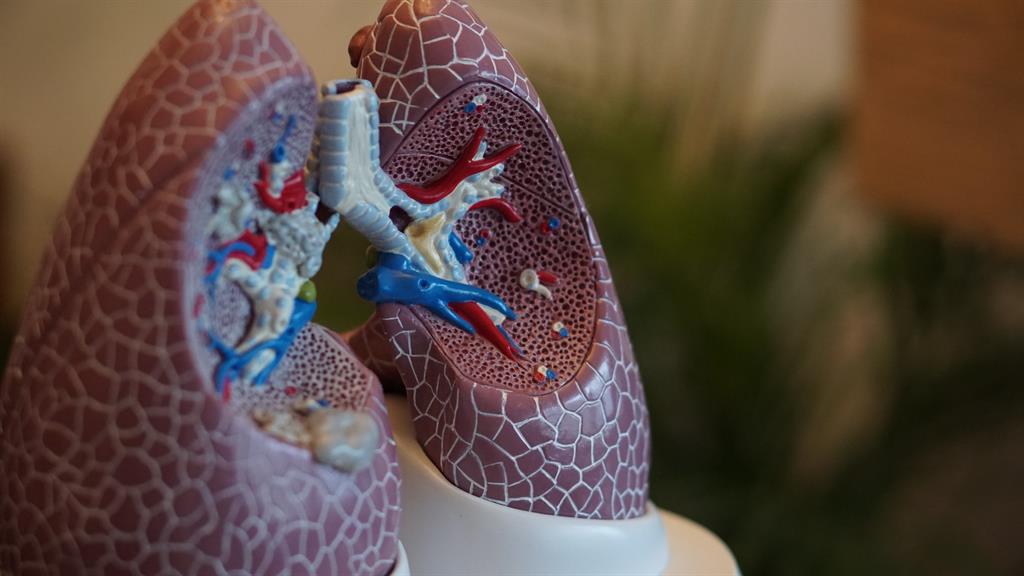


Kommentar
Allgemeine Zeitung
Zu diesem Artikel wurden keine Kommentare hinterlassen